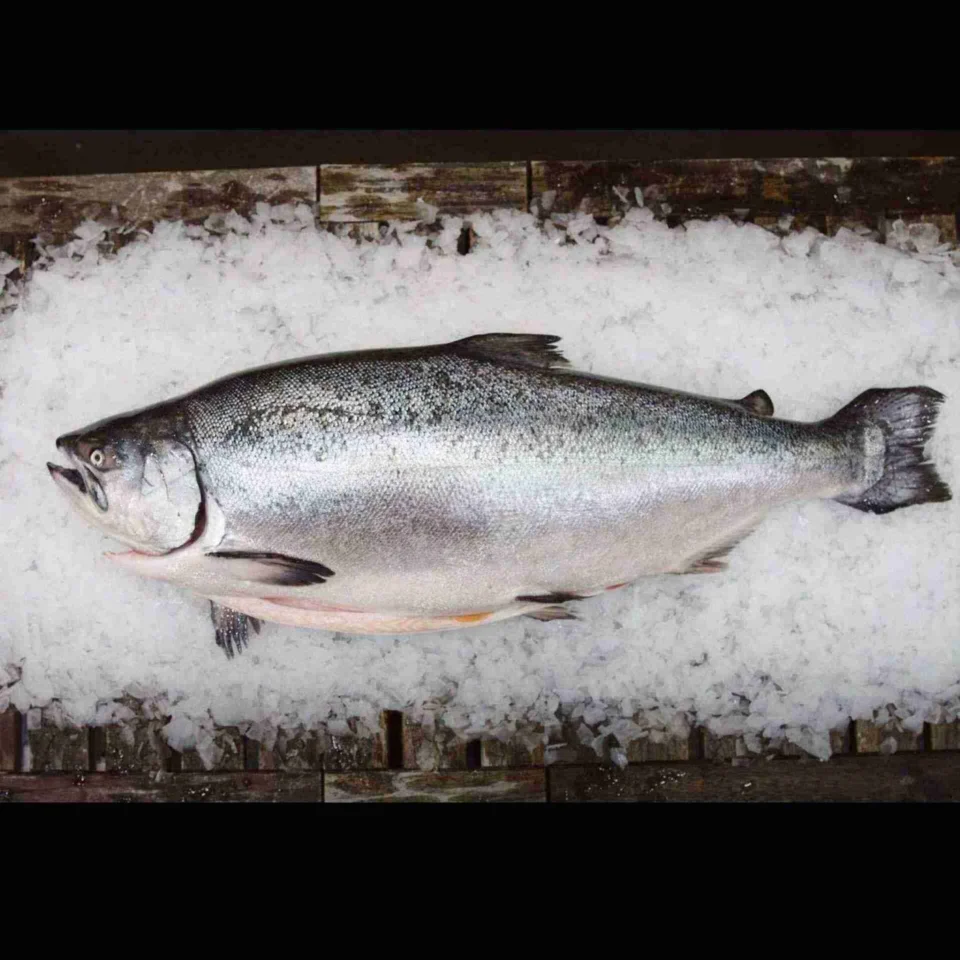New research has enhanced our understanding of why sea lice are predominantly attracted to salmon. The study investigates the chemicals released by Atlantic salmon that serve as attractants to these parasites.
The encounter between a salmon louse and its host begins when the louse is in its free-swimming larval stage, known as a copepodite. But being tiny organisms in a vast ocean, how do they locate salmon as their host? “Chemical signalling is believed to play a key role in host-parasite communication, and scientists have confirmed this,” says Nicholas Robinson from Nofima.
Will enhance resistance to sea lice
Robinson is coordinating the CrispResist project, which brings together a leading team of scientists from Norway, the UK, USA, Canada, Sweden and Australia. Their goal is to uncover the mechanisms behind cross-species variation in host resistance to sea lice and apply this knowledge to enhance Atlantic salmon resistance in aquaculture.
A crucial objective is to identify and document genes and mechanisms responsible for the difference in sea lice resistance between salmonid species. It is well-established that certain Pacific salmon species are resistant to sea lice and can kill them in the early stages of parasitism, whereas Atlantic salmon are highly susceptible.
Senior fish health scientist Aleksei Krasnov at Nofima is involved in studies of chemical communication between lice and salmon. Working with the global team, Krasnov identified putative semiochemicals or compounds of biological origin that affect the behaviour of animals of the same or other species. The type of semiochemicals called kairomones help lice find salmon by scent.
Tested lice behaviour
The discovery involved a wide range of chemical analyses and lice behaviour tests. Water that was conditioned with Atlantic salmon, Pacific salmons and other fish species was analysed. Twenty-one candidate semiochemicals were selected for lice behaviour tests.
Additionally, mucus from Atlantic salmon families with high and low resistance to lice was studied to determine whether resistance could be linked to the chemical composition of the mucus. Behavioural tests were carried out in Norway and a few in Sweden using different methods.
The research showed that water conditioned only with salmon stimulated copepodite activity, confirming the presence of kairomones. Interestingly, conditioned water also contained compounds that deterred lice, suggesting that Atlantic salmon can repel lice as well.
Moreover, the tests suggested that semiochemicals may be produced in various tissues of Atlantic salmon, especially the skin. Salmon from families susceptible to sea lice were found to produce mucus that had a higher stimulatory effect on lice than salmon from families with high resistance to lice.

